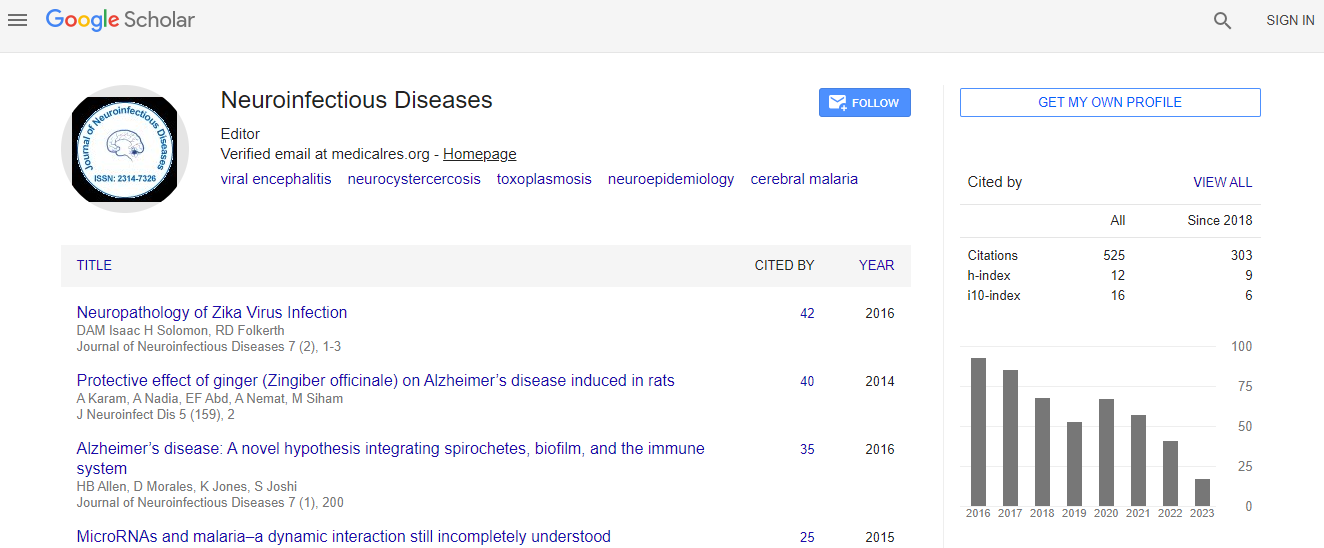Short Communication
How Do Viruses Really Cause Neuropathology?: Is There More to the Story
Jacqueline A Hobbs1* and Hena Waseem21Department of Psychiatry and Pediatrics, University of Florida College of Medicine, USA
2Dartmouth Hitchcock Medical Center, USA
- *Corresponding Author:
- Jacqueline A Hobbs
Department of Psychiatry
University of Florida College of Medicine
Gainesville, Florida, USA
Tel: 352294-4945
Fax: 3525941818
E-mail: jahobbs@ufl.edu
Received date: September 19, 2016; Accepted date: September 27, 2016; Published date: September 29, 2016
Citation: Hobbs JA, Waseem H (2016) How Do Viruses Really Cause Neuropathology?: Is There More to the Story. J Neuroinfect Dis 7: 228. doi:10.4172/2314-7326.1000228
Copyright: © 2016 Hobbs JA, et al. This is an open-access article distributed under the terms of the Creative Commons Attribution License, which permits unrestricted use, distribution, and reproduction in any medium, provided the original author and source are credited.
Abstract
Our work has focused over the years on Primate Erythroparvovirus 1 [more commonly known as parvovirus B19 (B19)]. B19 is a human pathogen that is the causative agent of erythema infectiosum, the common rash disease of childhood. In addition to several other human diseases, B19 has also been associated with multiple brain diseases. Those brain diseases include, but are not limited to, encephalitis, encephalopathy, meningitis, meningoencephalitis, ataxia, seizures, and stroke. To date, the association has grown, but causation has not been determined. Several possible mechanisms of pathogenesis including direct infection, indirect/epigenetic, reactivation, and autoimmune/ inflammatory cytotoxicity, as well as effects due to infection of other organs have been suggested. We will also offer other hypotheses.

 Spanish
Spanish  Chinese
Chinese  Russian
Russian  German
German  French
French  Japanese
Japanese  Portuguese
Portuguese  Hindi
Hindi 
